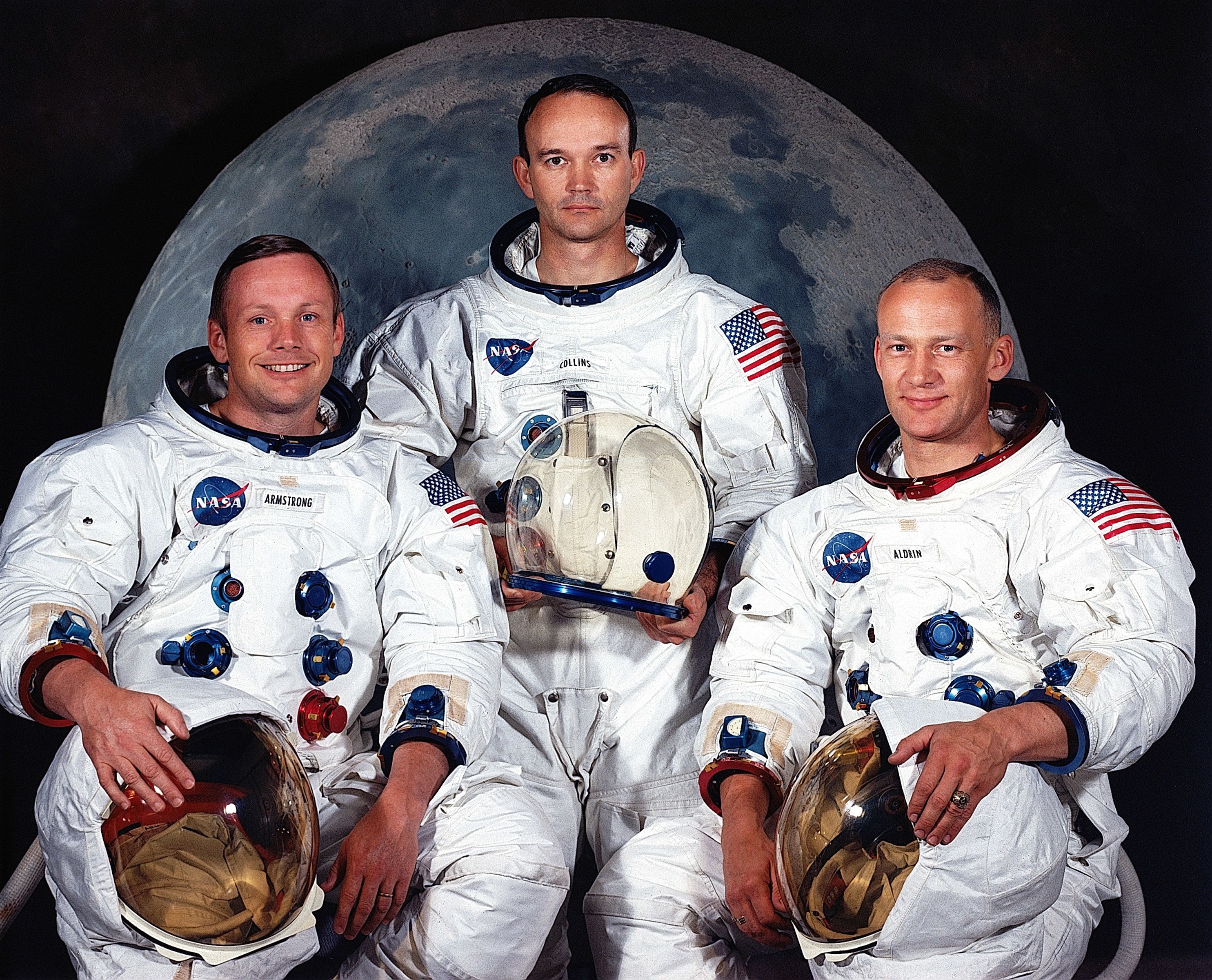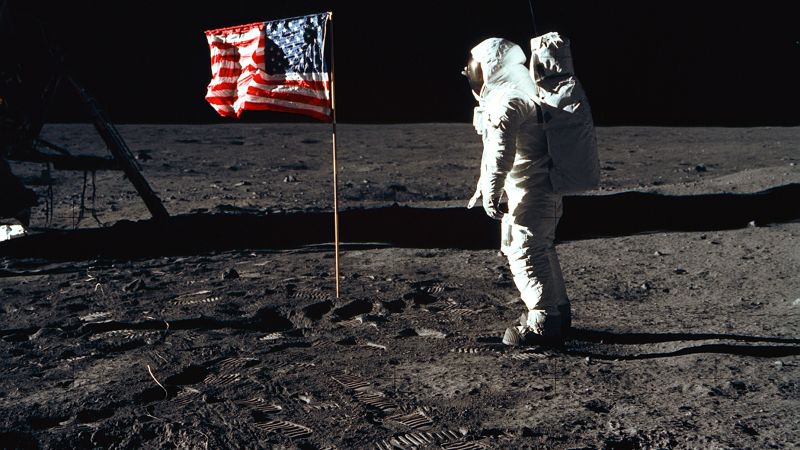The Historic Apollo 11 Mission
Fifty-five years ago, Neil Armstrong and Edwin “Buzz” Aldrin made history when they became the first humans to set foot on the moon.
Their mission, Apollo 11, was considered an American victory in the Cold War and subsequent space race, meeting President John F. Kennedy’s ambitious goal of landing a man on the moon and returning him safely to the Earth.
More than half a billion people are estimated to have watched on television as Armstrong climbed down the ladder of the Eagle lunar lander and famously proclaimed, “That’s one small step for man, one giant leap for mankind.”



Journey to the Moon
The mission took the crew 76 hours to travel the 240,000 miles from Earth to the moon. The Apollo 11 spacecraft consisted of two modules: the command module, Columbia, and the lunar module, Eagle.


Historic Achievement
Armstrong and Aldrin spent a little over two hours collecting rock samples and conducting experiments on the moon’s surface. They left behind a plaque that reads: “Here men from the planet Earth first set foot upon the moon, July 1969 A.D. We came in peace for all mankind.”

Celebration of Success
Following the mission, the astronauts were celebrated as heroes. Their successful return marked an important milestone in space exploration.





